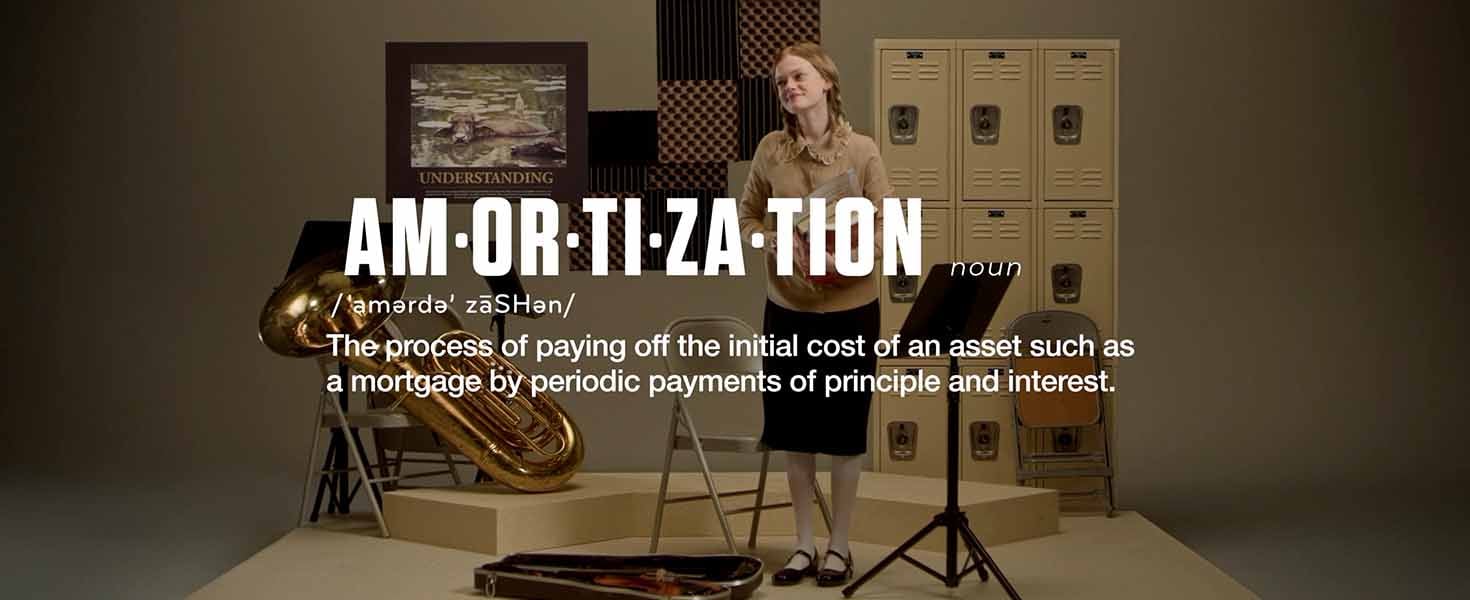

Amortization is hard to pronounce, let alone understand. The term may be used to refer to a couple of situations. The first way it’s used is in the process of repaying a loan, such as a mortgage or auto loan. It means that the loan is being broken down into a series of fixed payments. An amortization schedule is used to reduce the balance on the loan with fixed payments. The second way it’s used is for accounting and tax purposes. Essentially, it’s the allocation of certain costs of intangible assets over a set period.
Still a little too complicated? Well, before we define the jargon within the jargon, let’s try something new. Many times, a comparison can bring a concept to life more than a definition can. So, we’re explaining amortization with an analogy you may know a little more about: running a marathon.
Understanding amortization through running
Breaking it down
With loan repayments, each monthly payment will remain the same. However, each payment is made up of parts that can change over time. A portion of each of your payments will go towards the interest (what the lender gets for letting you borrow funds) and the principal (which reduces your debt balance over the term of the loan).
When you first take out your loan, interest costs are at their highest point. This means that the majority of each payment is an interest expense and only pays off a small amount of the loan balance. Essentially, you don’t make very much progress on repayment at the beginning of your loan payment schedule. But, as you make more and more payments, you slowly begin to pay more of your principal and pay proportionally less of the interest.
Amortized loans are designed to completely pay off your loan in a set amount of payments. For instance, if you have a 30-year mortgage, you will have 360 payments. On your 360th payment, your loan would be completely repaid.
Keep in mind that mortgages, car loans, and personal loans are amortized, while balloon loans, interest-only loans, and credit card payments are not.
Why amortization matters
Understanding how amortization works will help you make the best lending decision. An amortization schedule allows you to see how much you’re paying in interest over the loan term. Often, borrowers will make a financing decision based on the affordability of their payments. This doesn’t help them account for the true cost they are paying to borrow money. That said, sometimes a lower payment doesn’t mean you’re saving money. Instead, it means you’re paying more interest over the term of the loan.
To determine which loan option is right for you, you can either build an amortization table, use an online calculator, or create a spreadsheet and compare your options. Comparing your options will ensure you select the most affordable loan.
